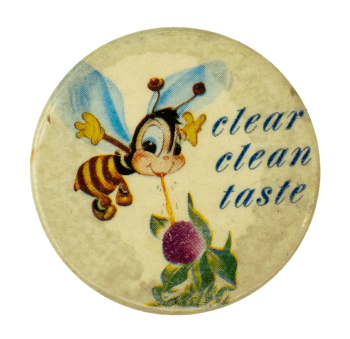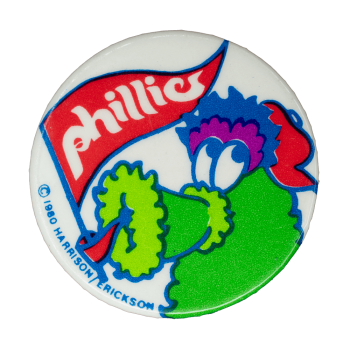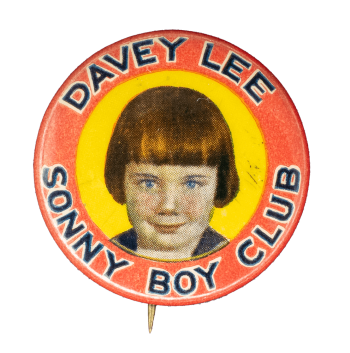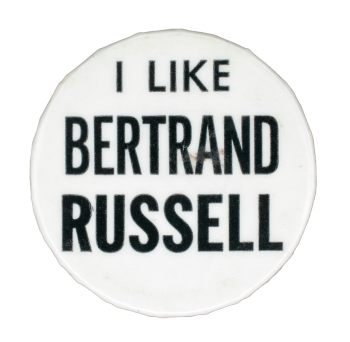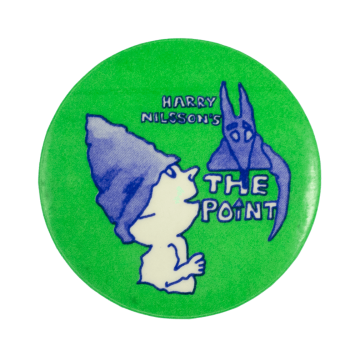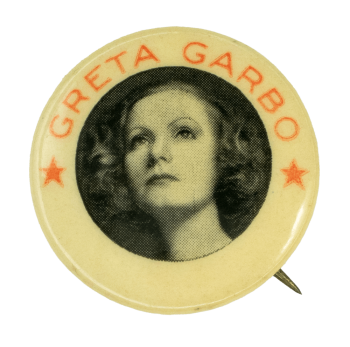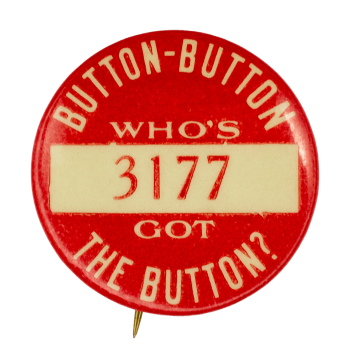Clear Clean Taste Honey Bee
| Category | |
|---|---|
| Additional Images | |
| Sub Categories | |
| Text on Button | clear clean taste |
| Image Description | Blue text on a white background next to an illustration of a yellow and black bee with wide, friendly eyes and light blue wings gathering honey out of a pink flower |
| Back Style | |
| The Shape | |
| The Size | |
| Year / Decade Made | |
| Additional Information | “Clear, Clean Taste” ads were a marketing campaign for PM De Luxe Blended Whiskey, which was bottled by National Distillers Products. These ads ran in print during the late 1940s and early 1950s. The bee character shown on this button was one of many cartoon animals used in the ads. Each ad contained the text “Millions of bottles are bought by men who love that clear, clean taste”, which would be followed by a cartoon animal and unique text about the character and the beverage. |
| Sources |
Brady, D. (2014, November 28). That Bee Looks Familiar. Brady's Bunch of Lorain County Nostalgia. https://danielebrady.blogspot.com/2014/11/that-bee-looks-familiar.html |
| Catalog ID | AD1130 |

